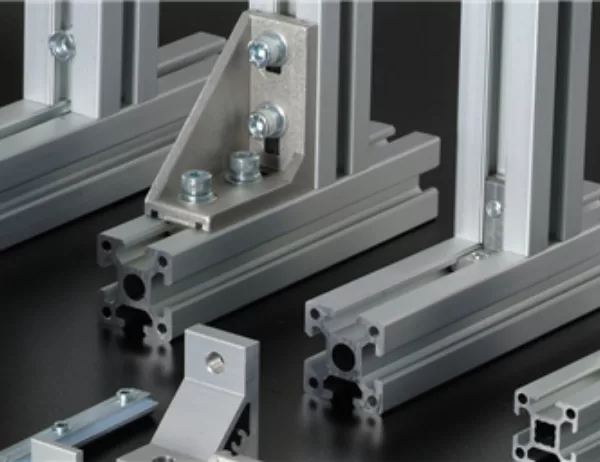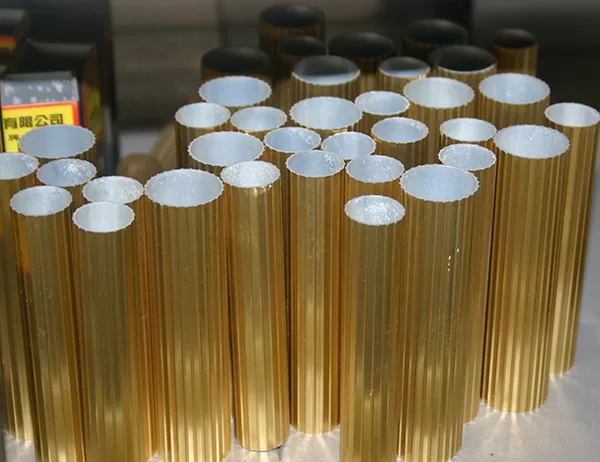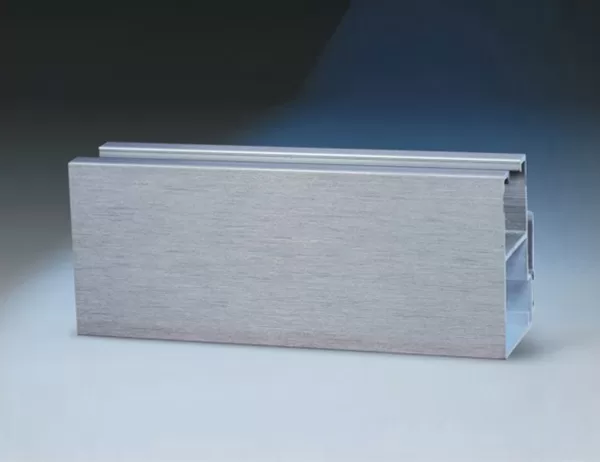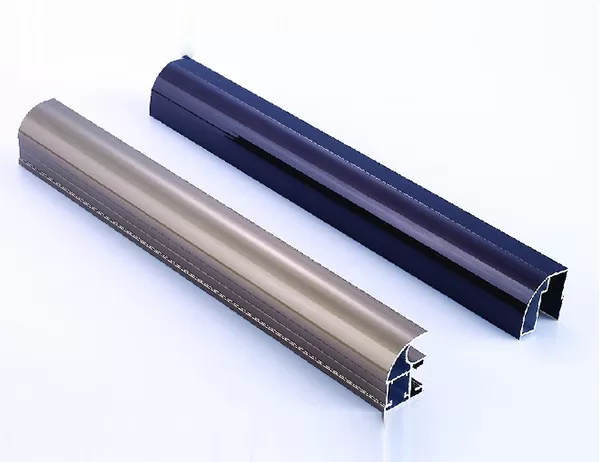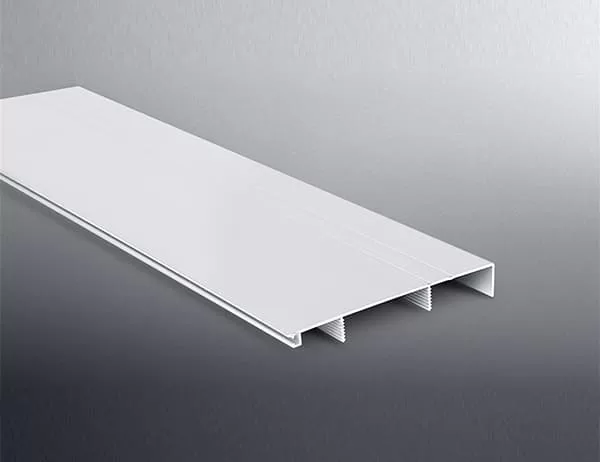Extruded aluminum pipes are widely used in various industries due to their superior qualities. However, with technological advancements, newer models of extruded aluminum pipes have emerged, offering numerous benefits over traditional models. Upgrading to these new pipe models can significantly enhance performance, efficiency, and cost-effectiveness in various applications. This article explores the key advantages of upgrading to new extruded aluminum pipe models, providing valuable insights for industries seeking to optimize their operations.
Enhanced Strength and Durability
New extruded aluminum pipe models are engineered with improved alloy compositions and extrusion processes, resulting in increased strength and durability. They can withstand higher pressures, impact forces, and corrosive environments, making them ideal for demanding applications. The enhanced strength reduces the risk of pipe failures and leaks, ensuring system integrity and reliability.
Improved Corrosion Resistance
Upgraded extruded aluminum pipes feature advanced corrosion-resistant coatings or alloys that protect against harsh environmental conditions. These coatings prevent oxidation and chemical reactions, ensuring pipes maintain their structural integrity over extended periods of operation. This improved corrosion resistance eliminates the need for frequent maintenance or replacement, reducing downtime and maintenance costs.
Reduced Pressure Drop
New extruded aluminum pipe models are designed with optimized flow characteristics. Their smooth inner surfaces and efficient cross-sectional shapes minimize pressure drops during fluid flow, resulting in improved energy efficiency and reduced operating costs. The lower pressure drop reduces the need for high-pressure pumps or blowers, saving energy and decreasing overall system expenses.
Enhanced Precision and Dimensional Stability
Advanced manufacturing techniques used in producing new extruded aluminum pipe models ensure higher precision and dimensional stability. These pipes have consistent wall thicknesses, accurate diameters, and precise lengths. The improved dimensional accuracy facilitates the assembly of pipe systems, minimizes leaks, and ensures proper functioning of valves and other components.
Lightweight and Corrosion-Resistant
Extruded aluminum pipes are inherently lightweight compared to traditional metal pipes, such as steel or copper. This weight reduction simplifies installation, reduces transportation costs, and contributes to energy efficiency. The lightweight nature of aluminum pipes also makes them easier to handle and maneuver during construction or maintenance tasks.
Superior Thermal Conductivity
New extruded aluminum pipe models exhibit superior thermal conductivity compared to other materials. This property enables efficient heat transfer in applications such as heating and cooling systems. The improved thermal conductivity reduces energy consumption and enhances the overall performance of heat exchangers and other temperature-sensitive applications.
Sustainable and Recyclable
Extruded aluminum pipes are highly sustainable and recyclable. Aluminum is a lightweight and durable material that can be easily recycled without losing its properties. This recyclability reduces environmental impact and promotes sustainability, contributing to the preservation of natural resources.
Conclusion
Upgrading to new extruded aluminum pipe models provides significant benefits that enhance performance, efficiency, and cost-effectiveness in various applications. From improved strength and corrosion resistance to reduced pressure drop and enhanced precision, the latest pipe models offer unparalleled advantages over traditional models. By embracing these advancements, industries can optimize their operations, minimize maintenance costs, and reduce environmental impact, paving the way for sustainable and efficient infrastructure and industrial systems.
